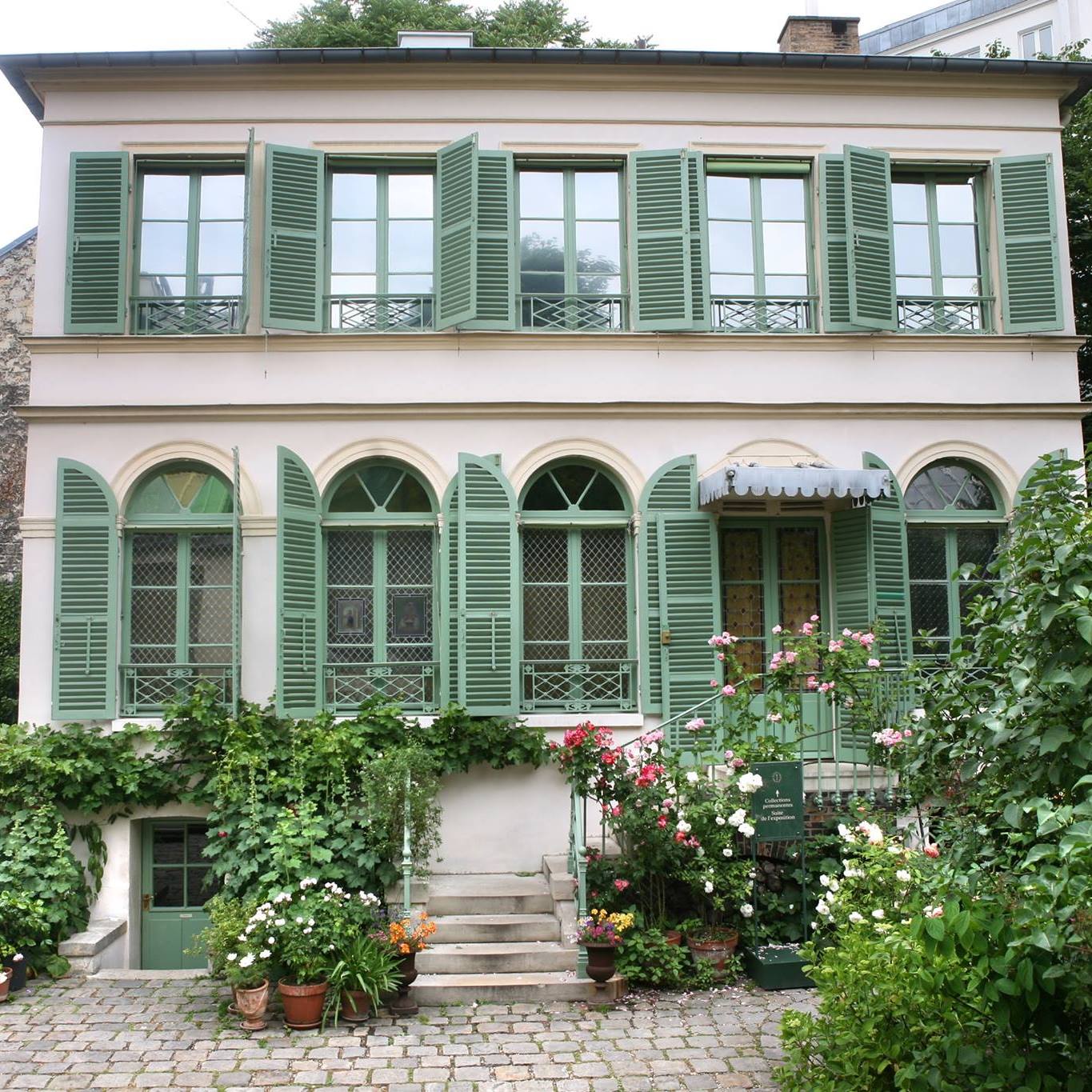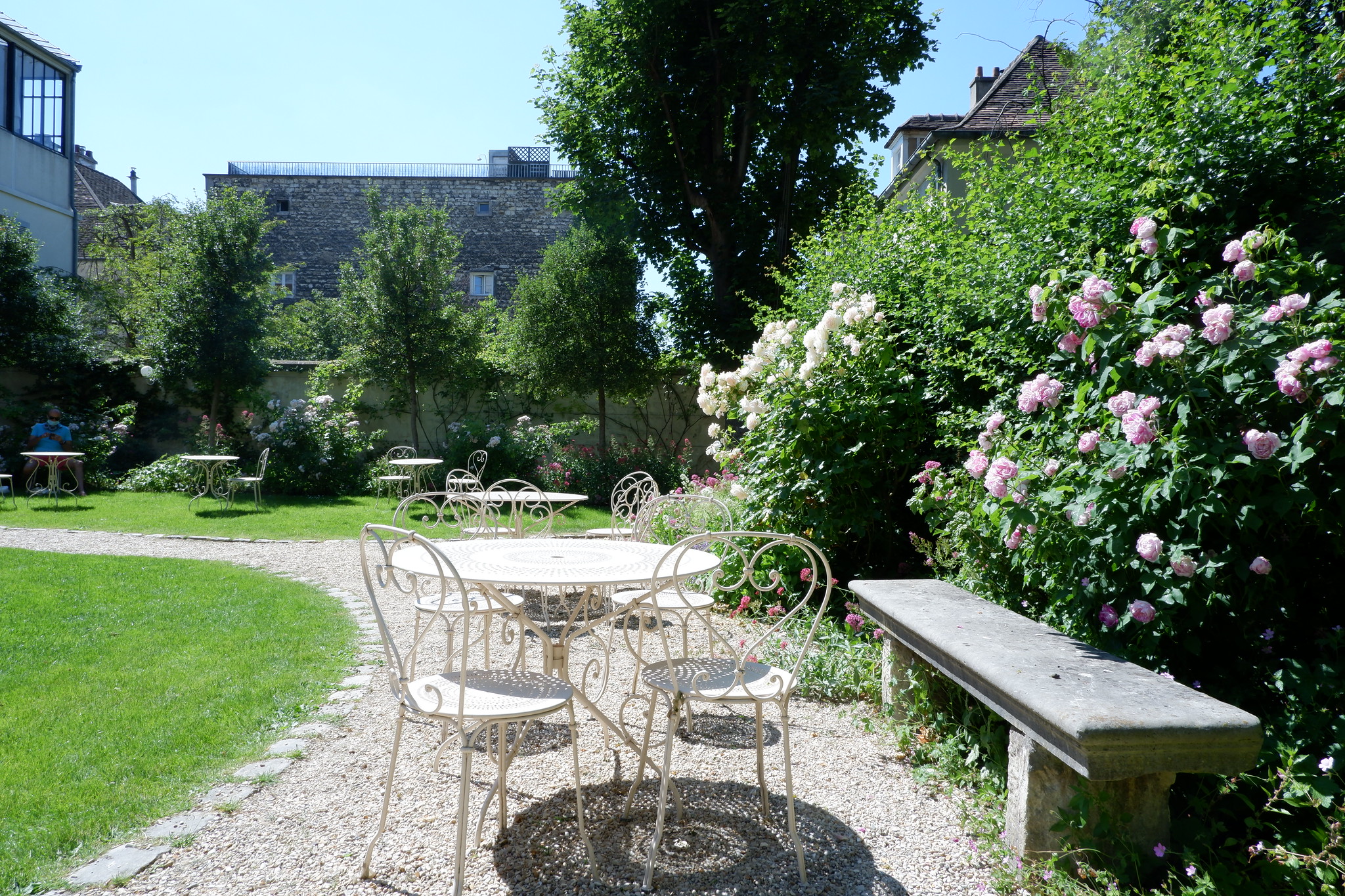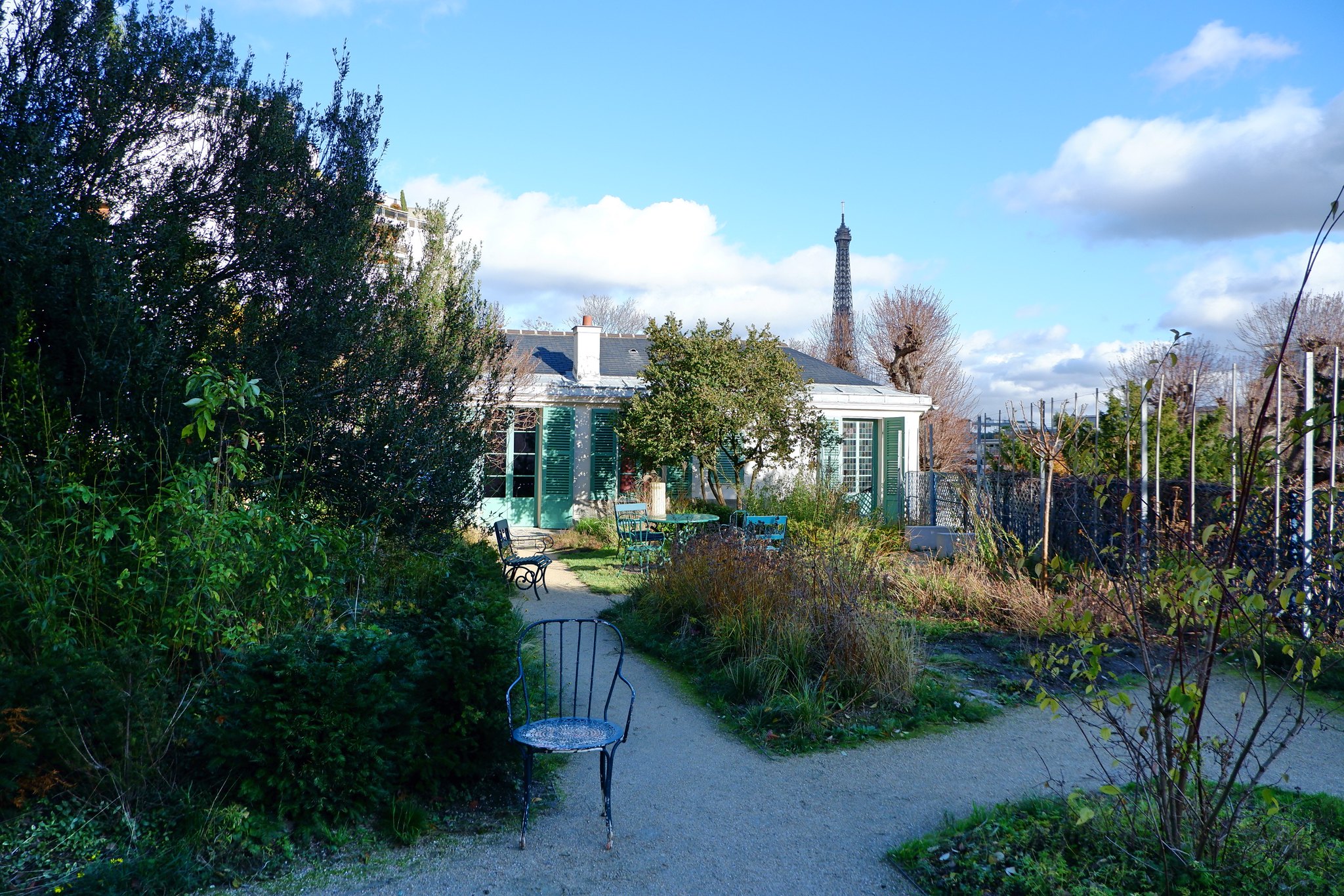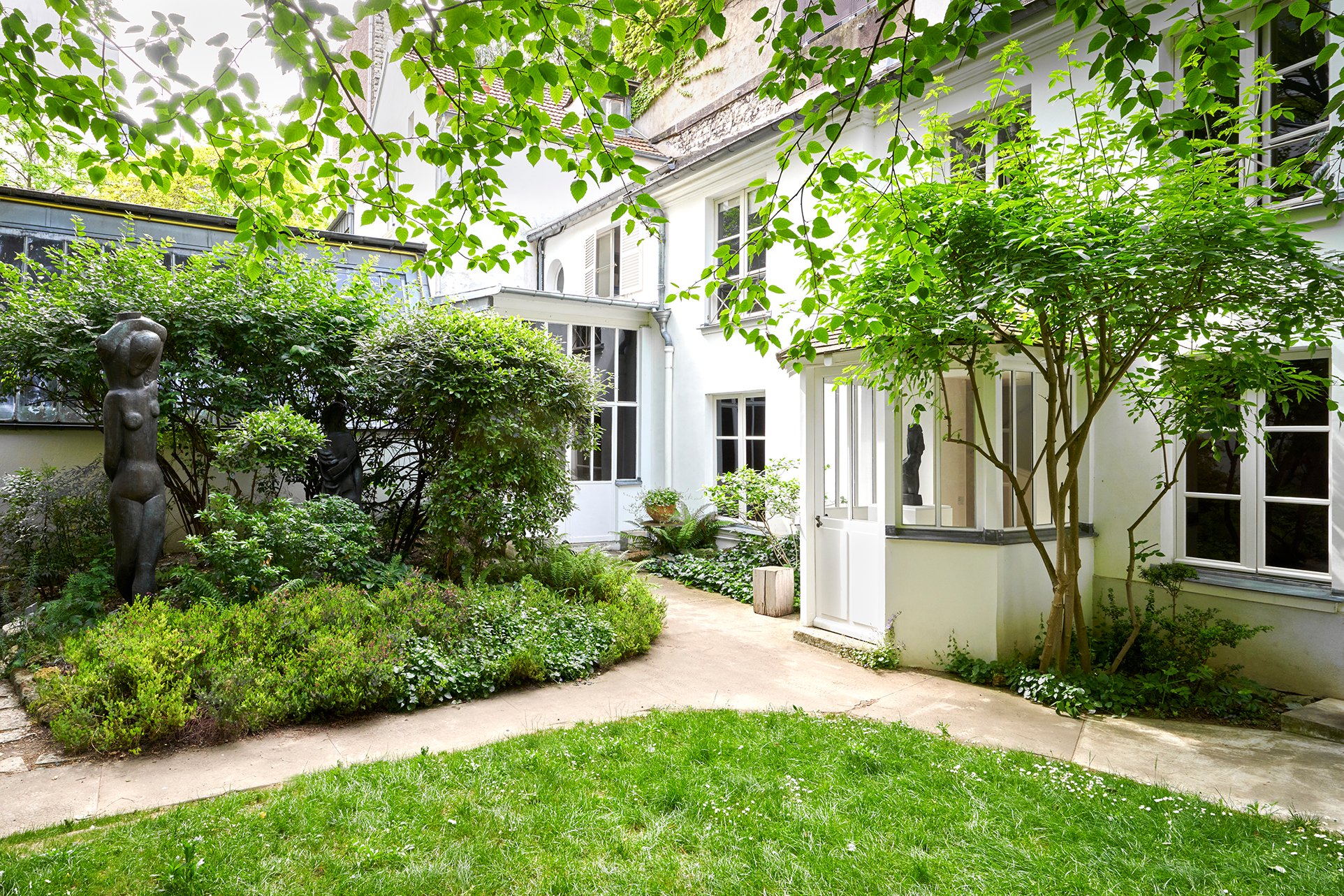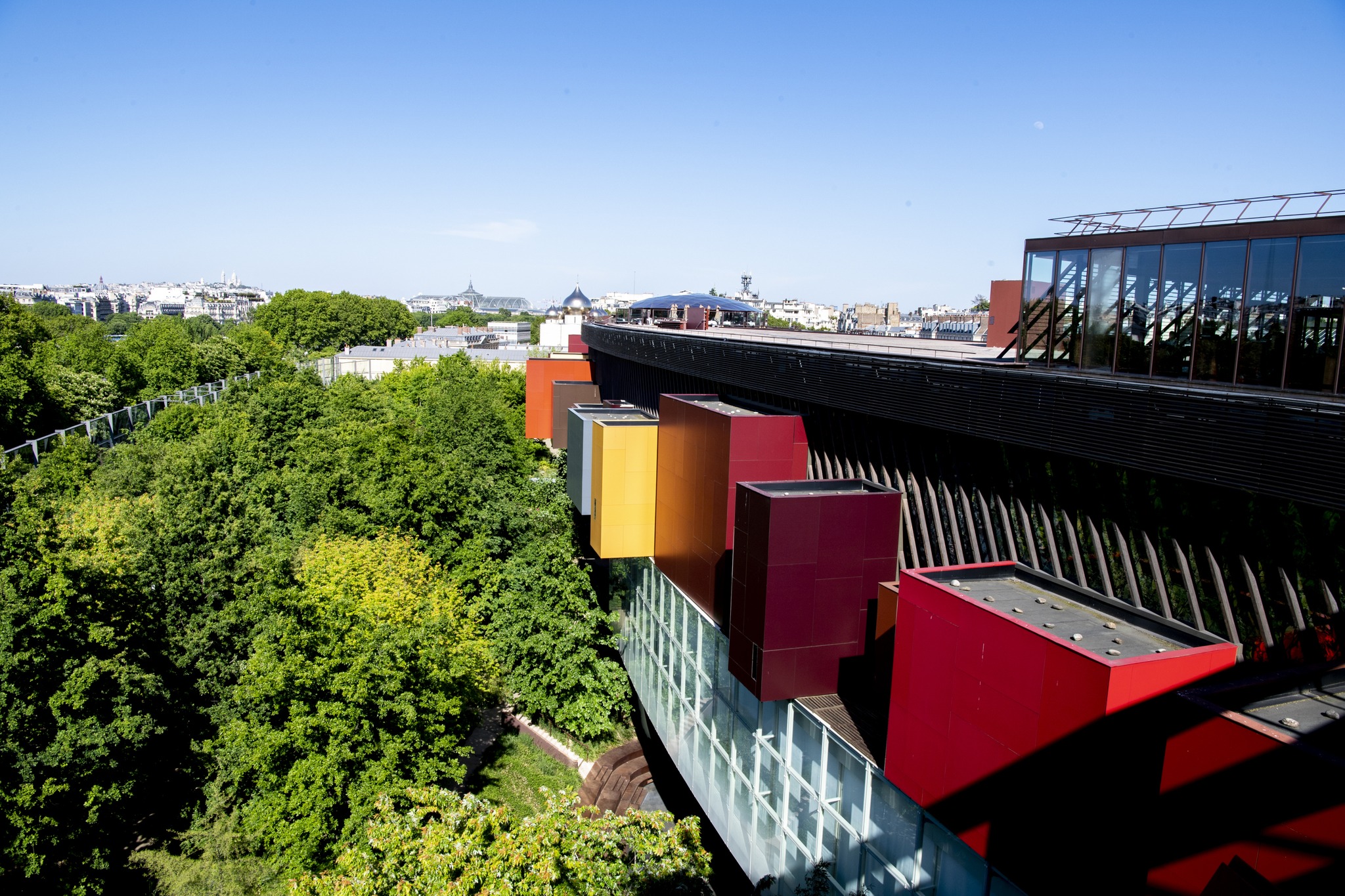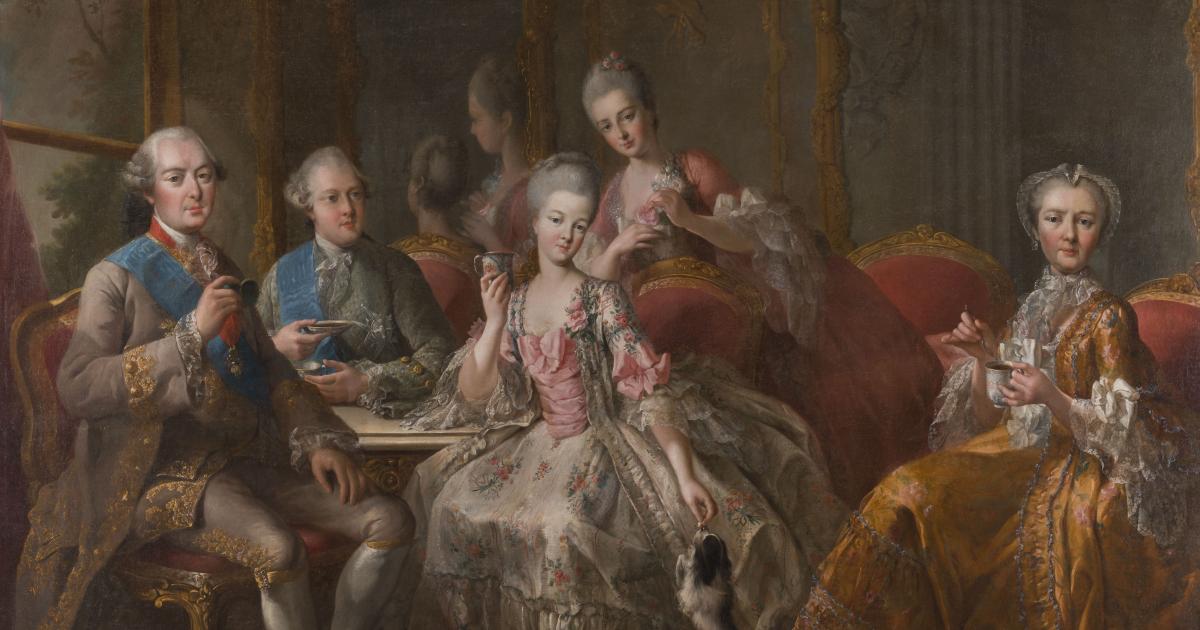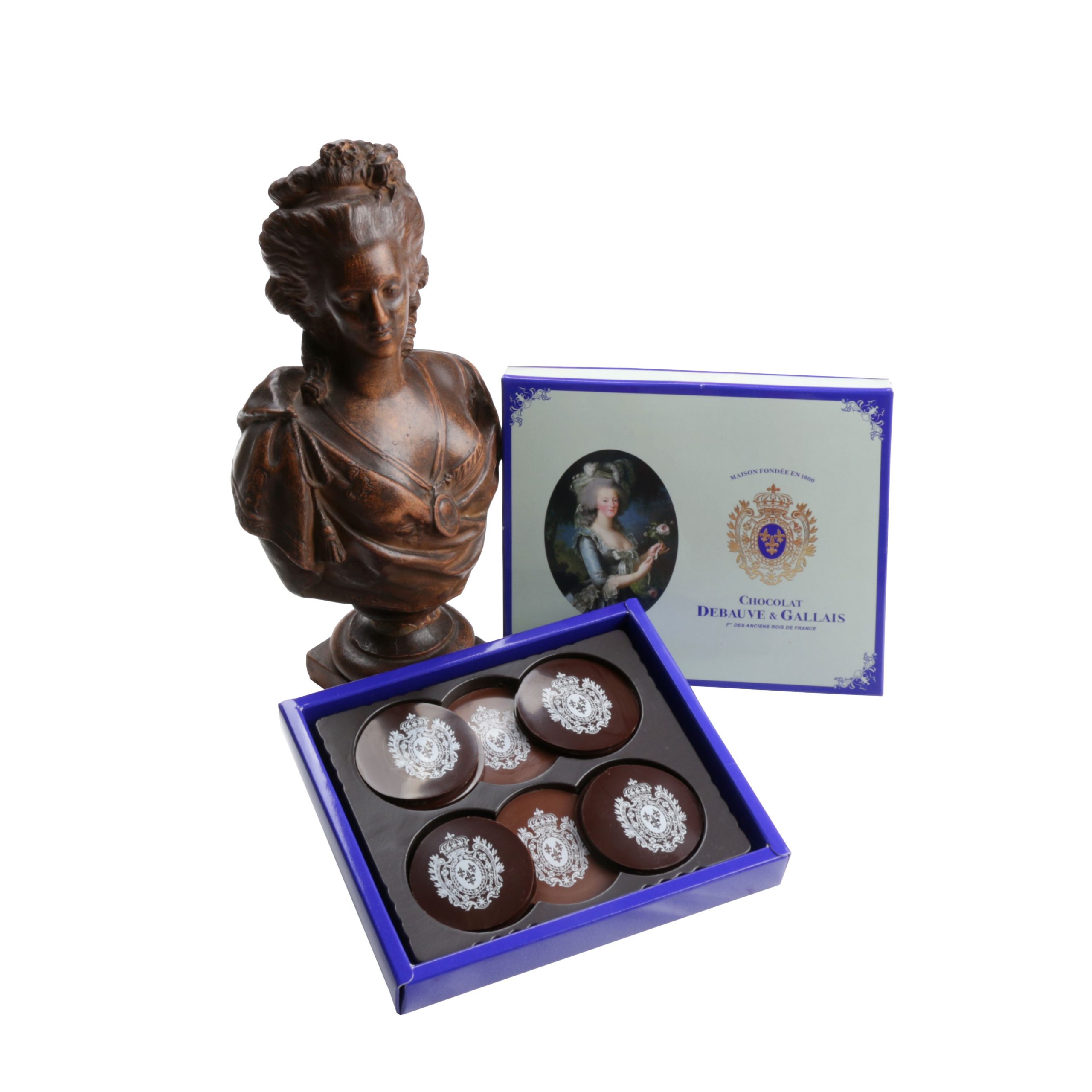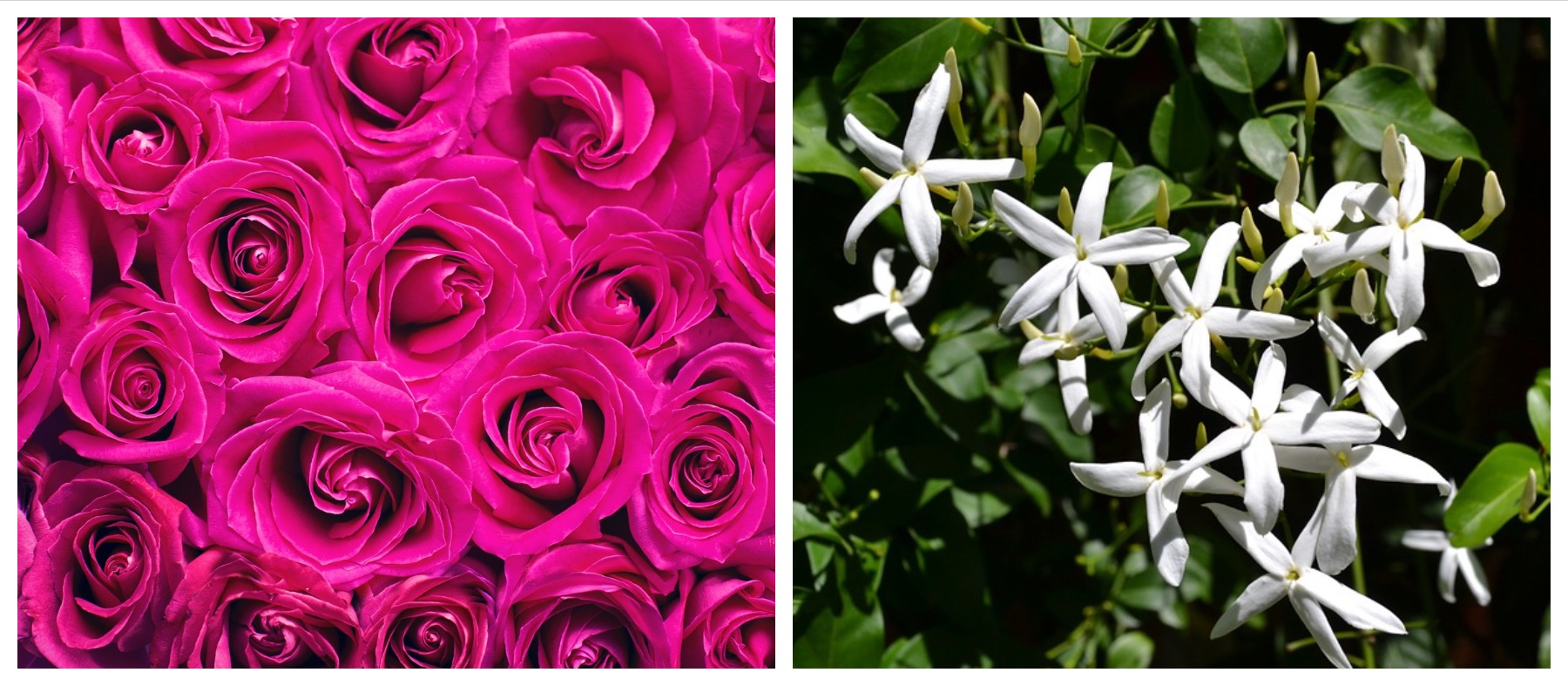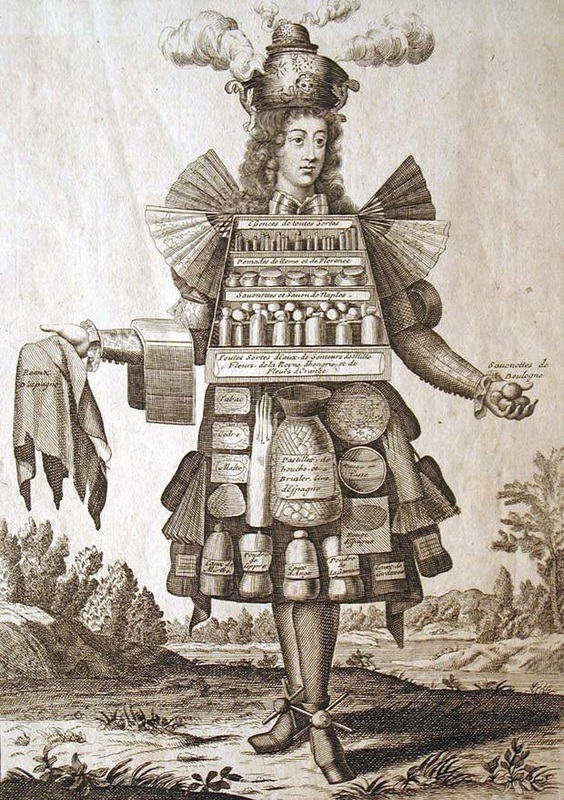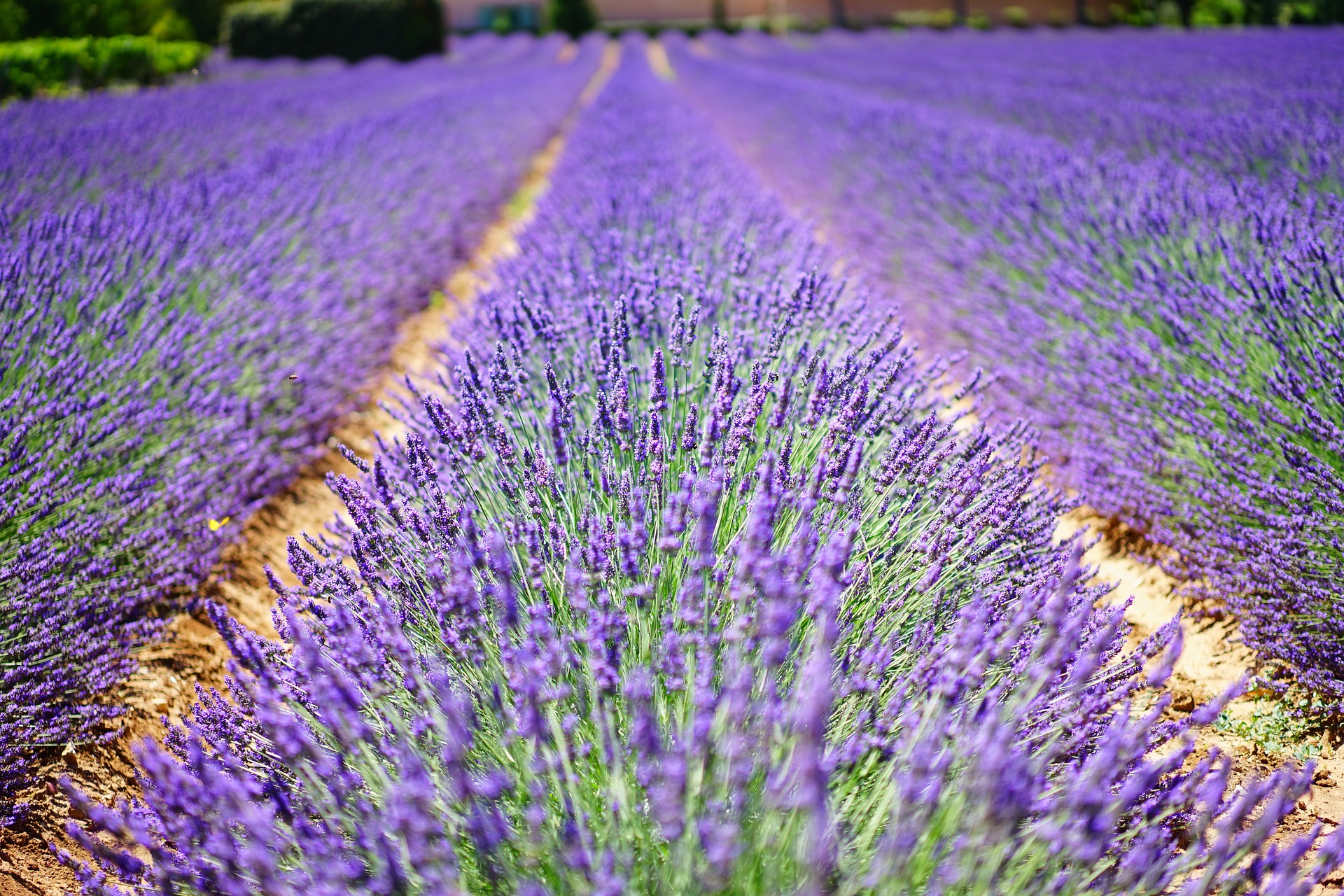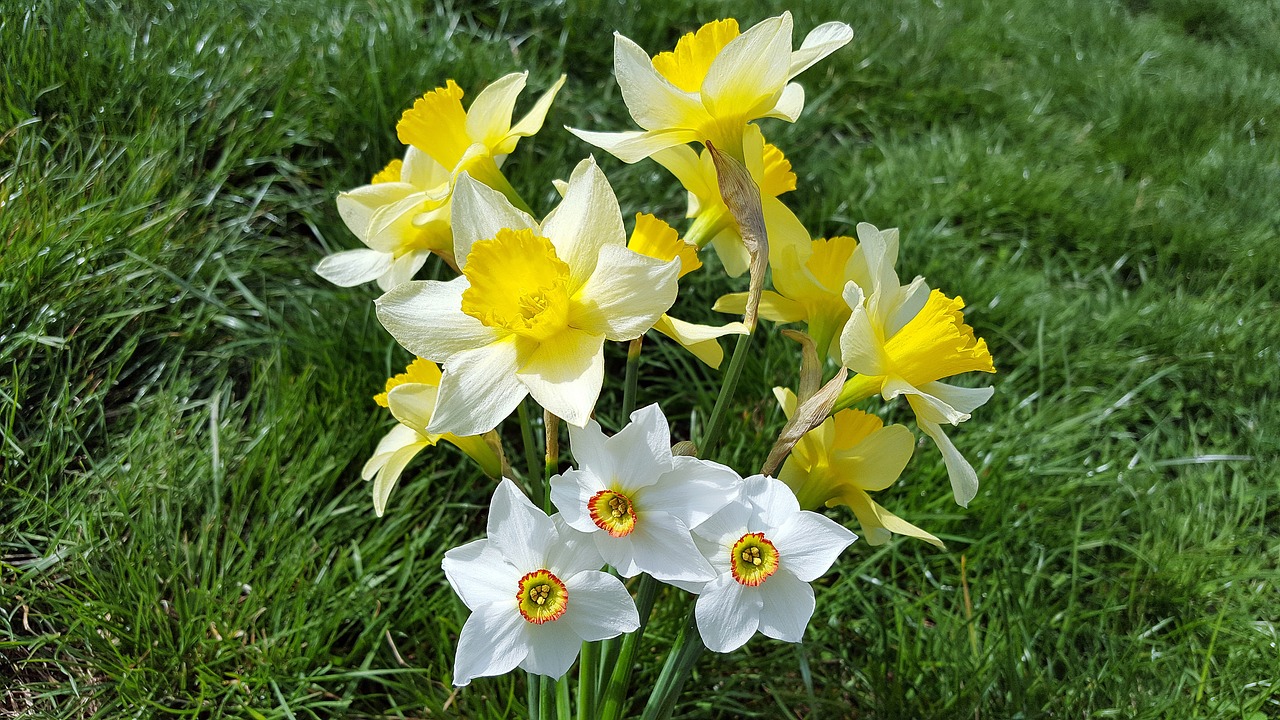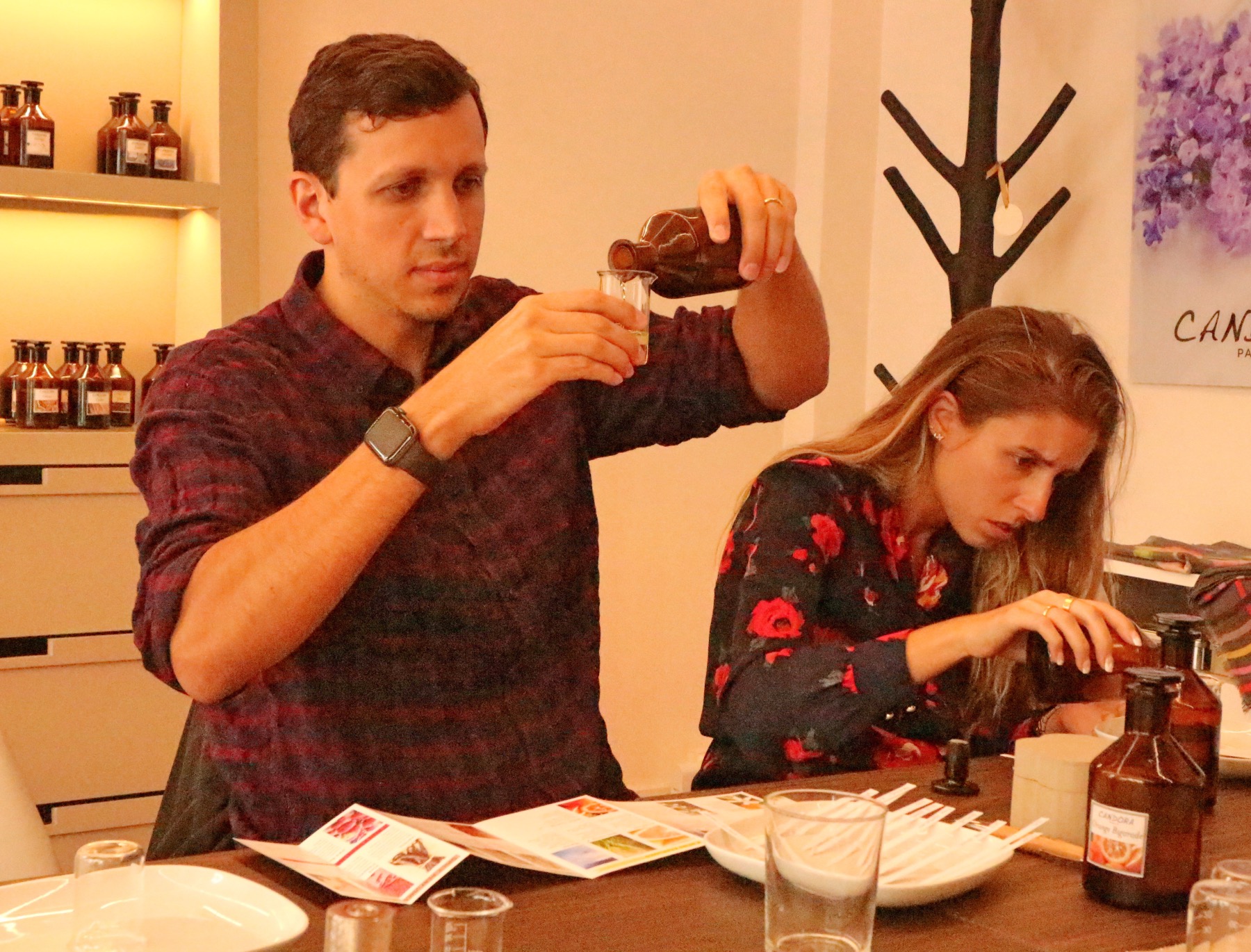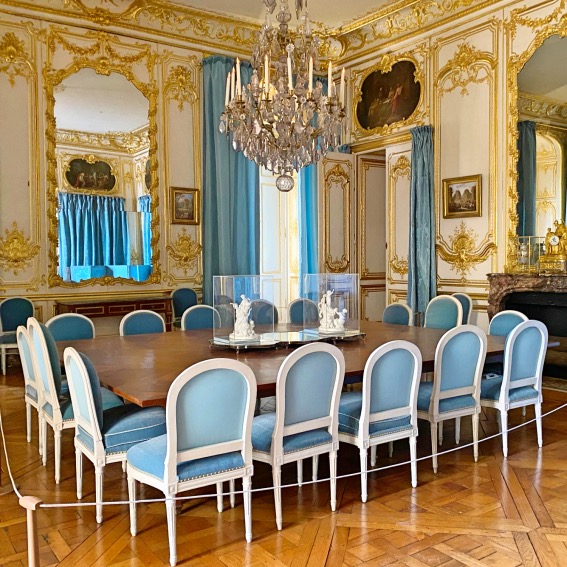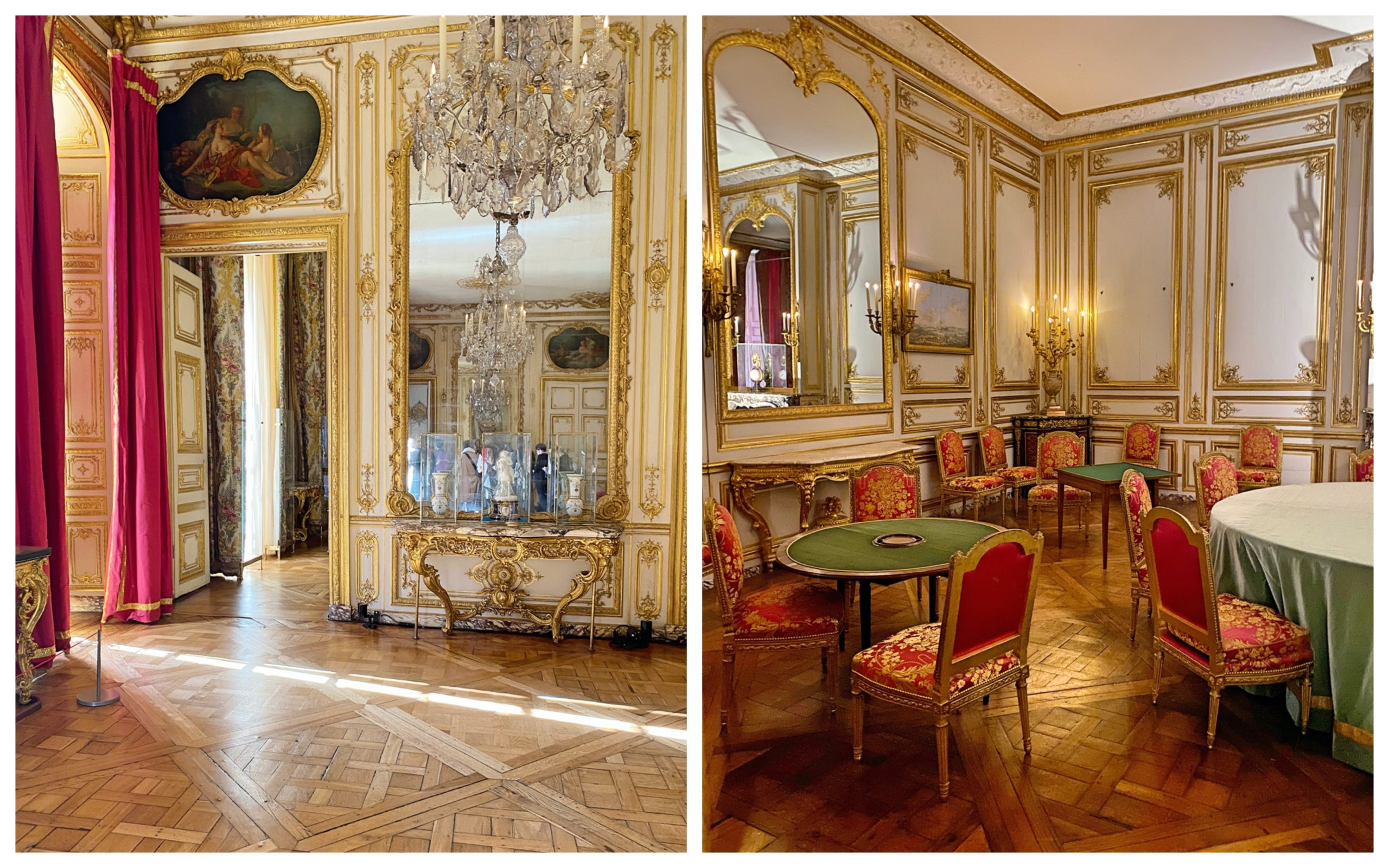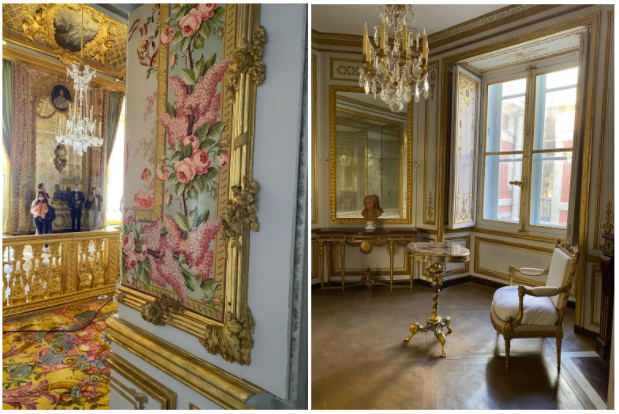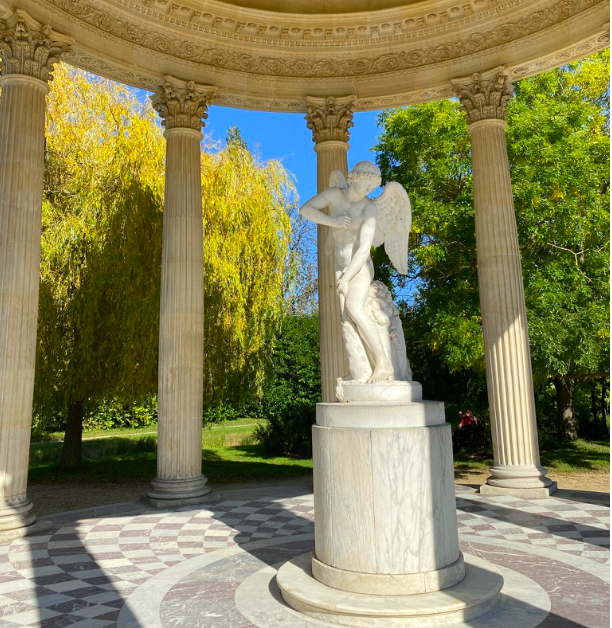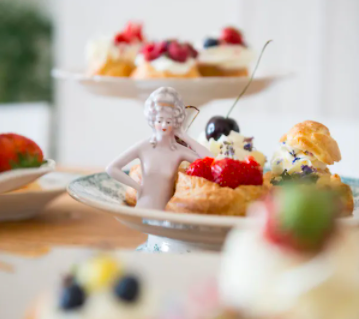My New Book: Marie-Antoinette’s Legacy
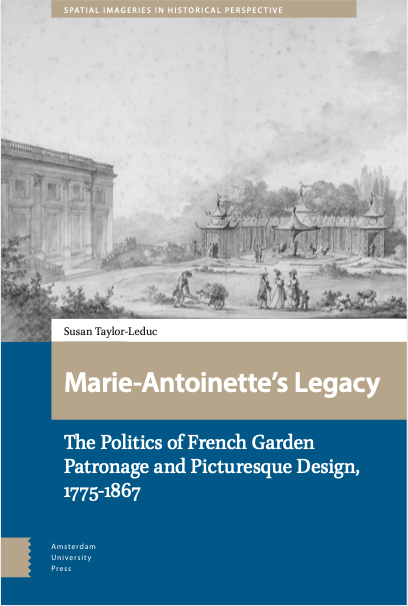
I‘m very pleased to announce that my book, Marie-Antoinette’s Legacy: The Politics of French Garden Patronage and Picturesque Design, 1775-1867 is now available for purchase.
Since Marie-Antoinette was crowned queen of France almost two hundred years ago, her exceptional arts patronage has been acclaimed by historians, art critics and connoisseurs. Less well known, is her design of two garden enclaves at Versailles that significantly influenced French history and modern landscape design. She reimagined garden strolling by championing the picturesque style at the Petit Trianon, where S-curved paths encouraged visitors to discover fanciful architecture hidden by flowering shrubberies and sweet-smelling blooms. The queen’s designs were so innovative that despite her regicide, her gardens not only survived the French Revolution, but also inspired three empresses—Joséphine, Marie-Louise, and Eugénie—to forge their own garden legacies in the nineteenth century.
The queen’s and empresses’s gardens were simultaneously public and private spaces, at the symbolic center of court societies, where each consort developed programs that transgressed sociopolitical boundaries. Debunking one of the central tenets of French garden historiography that considers their gardens as sites of excessive ostentation and frivolity, Marie-Antoinette, Joséphine, Marie-Louise and Eugènie emerge as visionary garden patrons who materialised hotly contested issues of power, gender and identity politics through the picturesque experience at Versailles and Malmaison.

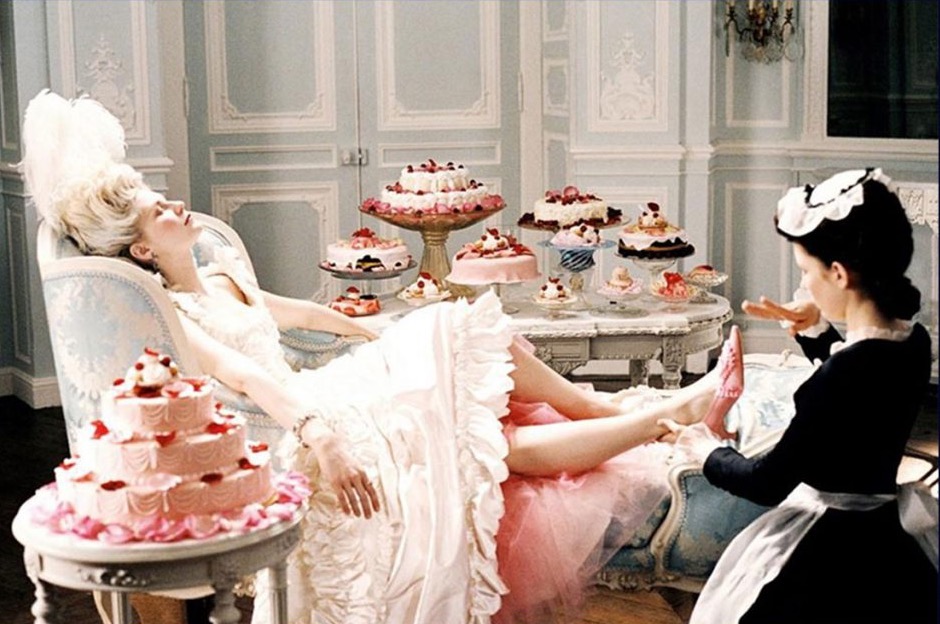 Since Sofia Coppola’s blockbuster movie
Since Sofia Coppola’s blockbuster movie 
